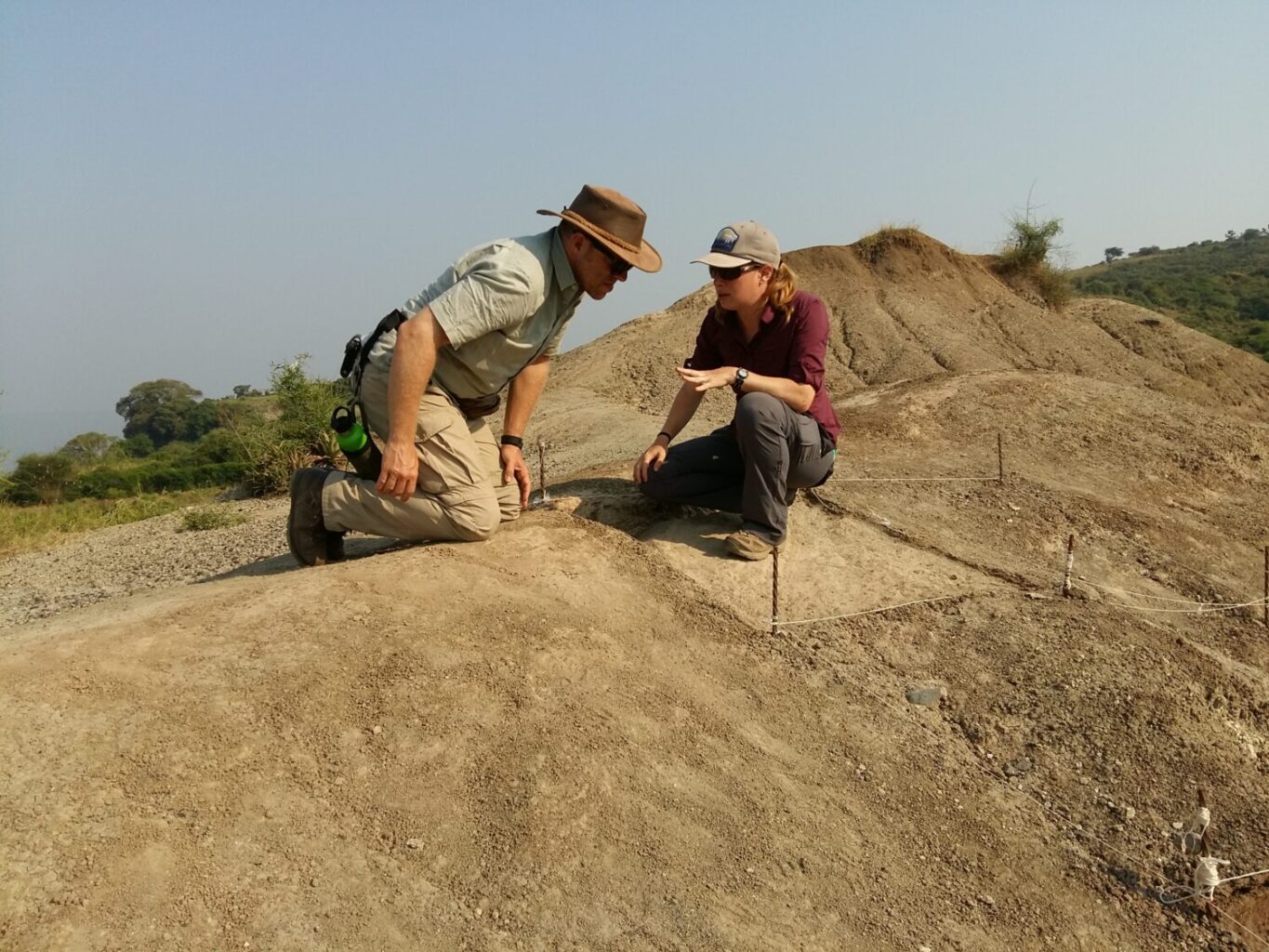
Lauren Michel (Tennessee Tech University) discusses with Tom Lehmann (Senckenberg Institute) strategies for excavating a Rusinga Island fossil site given its complex stratigraphy.
By Lauren Michel
Rusinga Island is always full of surprises and still teaching us new things. I have been working on the island since 2010, and my collaborators for several years longer. But no matter how routine an expedition seems at the beginning of the field season, there is always something new to find and unexpected to discover!
Rusinga is well known for its fossil primates – in particular, the medium-sized ape Ekembo – and for the exquisite preservation that led to the discovery of tens of thousands of fossil mammals, reptiles, insects, fruits, seeds, and leaves. Working in collaboration with the National Museums of Kenya, I am out here with my colleagues Samuel Muteti (National Museums of Kenya, University of Minnesota), Kieran McNulty (University of Minnesota), Dan Peppe (Baylor University), and Tom Lehmann (Senckenberg Institute) to help reconstruct the paleoenvironments in which Ekembo and its primate contemporaries lived and evolved between 20-17 million years ago.

Tom Lehmann (Senckenberg Institute) and Dan Peppe (Baylor University) scour the ground in search of small fossil discoveries.
Because the vast majority of Rusinga’s fossils come from the geological unit called the Hiwegi Formation, that is where most previous research has been focused. However, this field season, funded generously by The Leakey Foundation, is targeting older formations on Rusinga; these understudied sediments provide critical context for understanding changes in the environment and climate over time. My research studying fossilized soils (paleosols) combines geology, soil science, and chemistry. And whereas the Hiwegi Formation has the best-preserved fossil mammals, it is the older formations that have the best-preserved fossil soils! Many of these suggest a climate with seasonal precipitation such as the one found in Kenya today. By studying these paleosols, I am documenting environments that would have contributed to the adaptive evolution of Ekembo and Rusinga’s other primates.
Of course, finding more fossils helps too! Reconstructing the plant and animal communities from this time period provides direct evidence of how living organisms responded to changing environments.
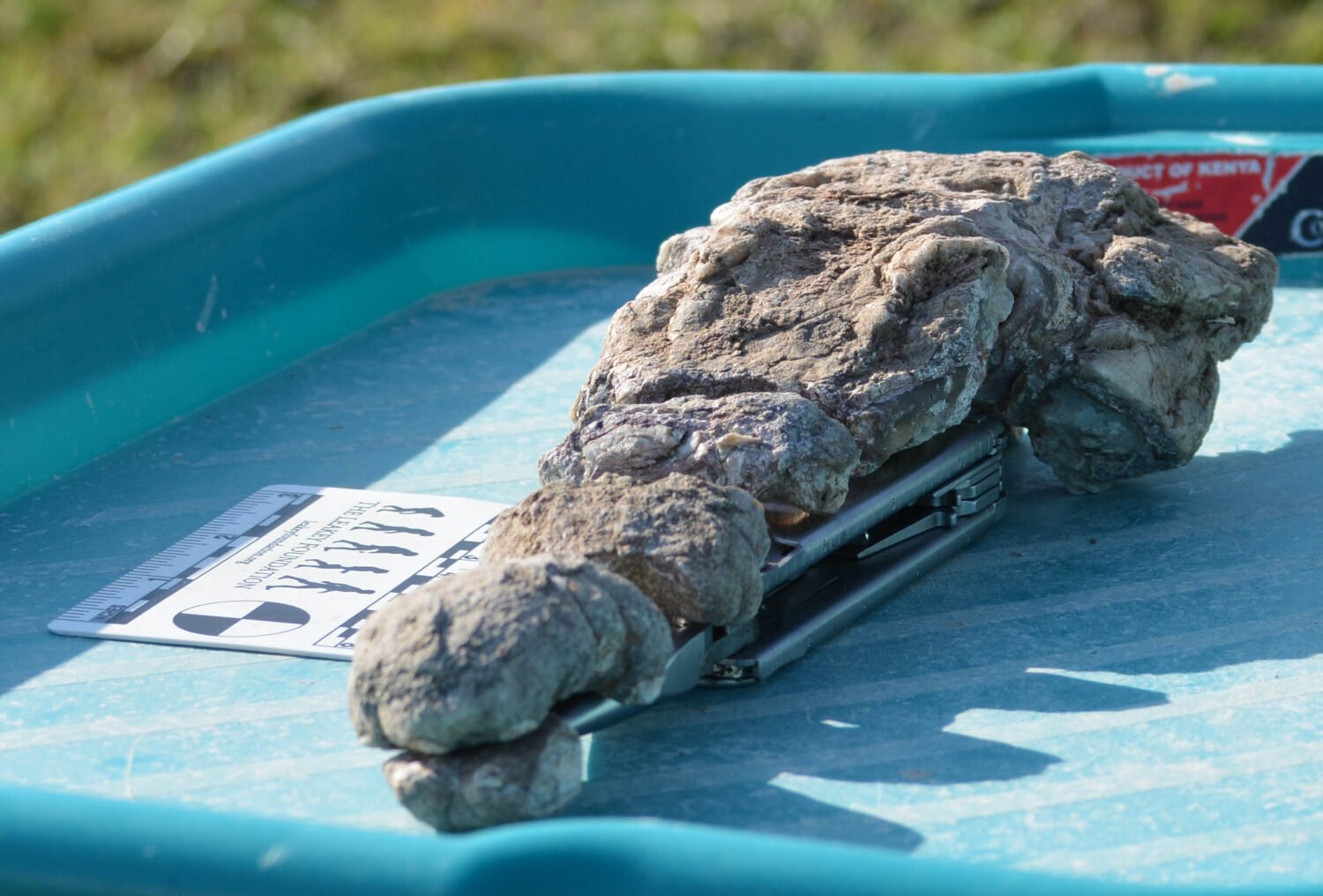
Fossilized soft tissue of a crocodile. Eye slots and skin textures are well-preserved in this 18-million-year-old predator.
Enter the biggest surprise Rusinga had in store for us this field season! A fossil site that preserves everything from the smallest rodents to the largest elephants, from insects and snails to leaves and fruits, is already pretty amazing. But, none of us anticipated what we discovered this year: perfectly “mummified” fossils with skin, organs, and other soft tissues preserved! It is a bit unnerving to be staring intently at microstratigraphy only to find the eyes of an 18-million-year-old crocodile staring back at you!
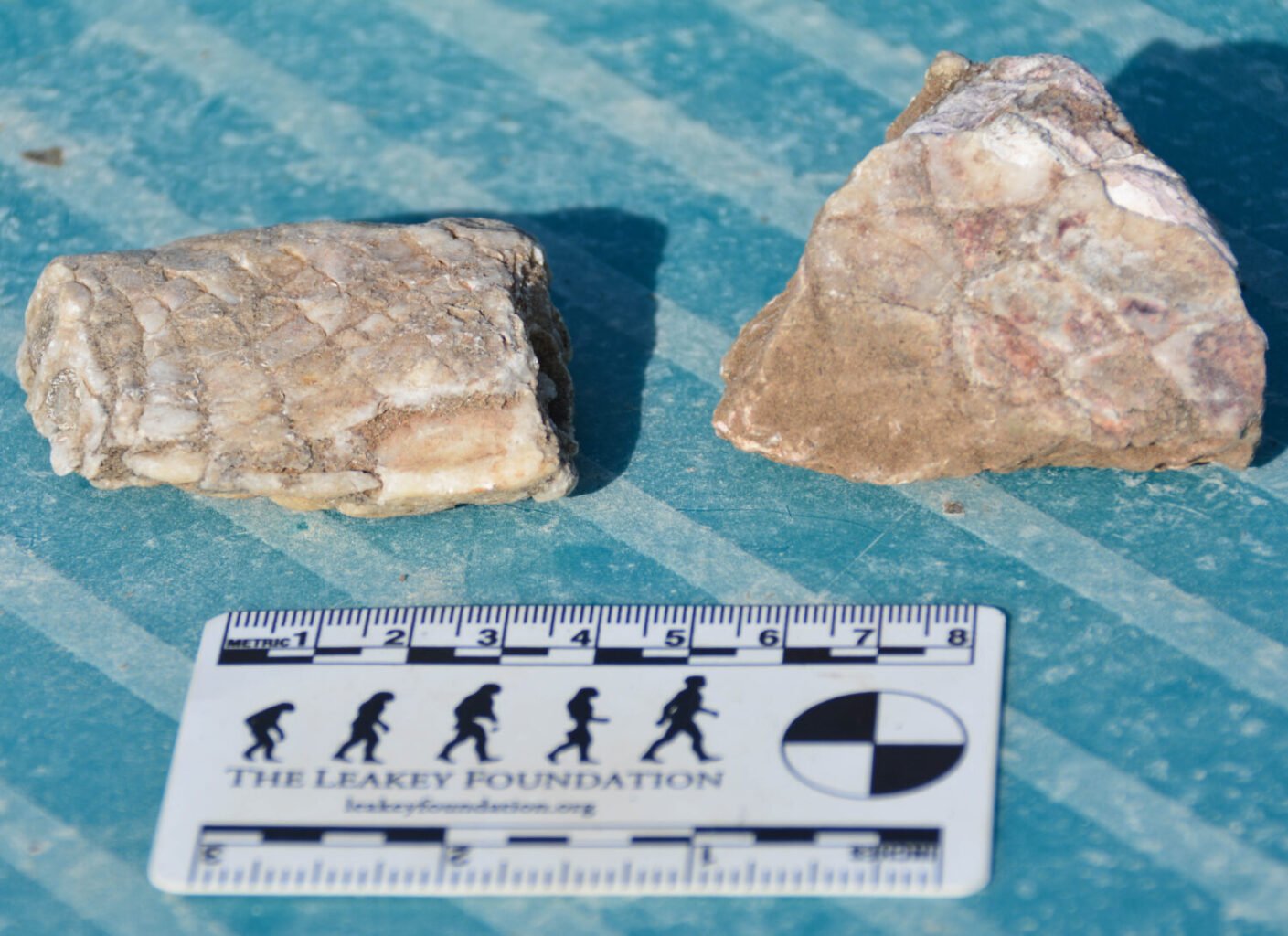
Two preserved fish bodies with scales. The fish on the left preserves the entire cross-section of the body, whereas the one on the right is only a small portion of a much larger fish.
The mummified crocodiles, fish, and lizard remains we found at this unique locality represent only our first pass through the area. We will certainly be spending more time there to discover what other fauna were preserved! Meanwhile, our broader study of the older strata continues, and our geological, paleoecological, and paleontological discoveries from this season are already updating our ideas about how Rusinga’s early Miocene environments were changing through time and space.
And who knows: at only the midpoint in our field season, Rusinga may still have a few more surprises to throw at us!

Kieran McNulty (University of Minnesota) and Samuel Muteti (National Museums of Kenya; University of Minnesota) examine micromammal fossils discovered during excavation.
About the author: Dr. Lauren Michel teaches global climate change, paleoclimates, stable isotope geochemistry, and physical geology at Tennessee Tech University. Her research interests involve reconstructing climate in the rock record from paleosols (fossil soils) and studying modern soils for their deep-time application. She received a Leakey Foundation research grant in 2018 for her project entitled “Paleoenvironmental reconstructions of the early Miocene Kiahera Formation, Rusinga Island.”


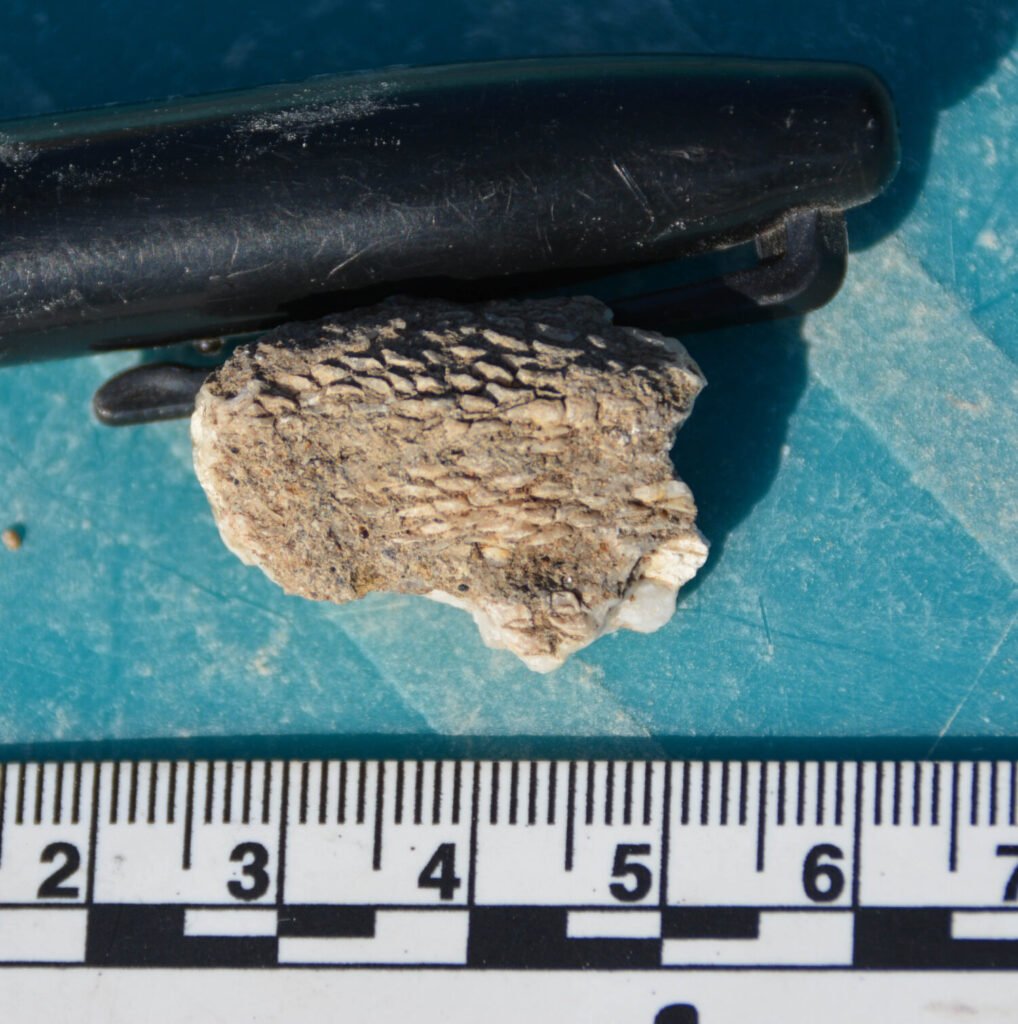
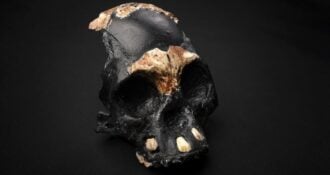
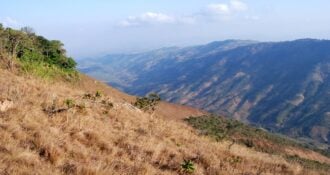
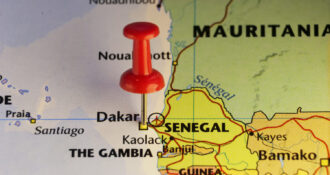

Comments 0